I made another series of images like the one in the previous post, but with a different head: I swapped the RRS BH-55 for an Arca Swiss C1 Cube. Everything else was the same: Leica 135mm f/3.4 APO-Telyt on the A7R with a Novoflex adapter, generic RRS plate on the bottom of the camera, and the Cube mounted to RRS TVC-44 legs on concrete pavers and aimed it at the ISO 12233 target. I positioned the target approximately about 500 light seconds from the light source.
Heliopan variable ND filter on the lens, initially set to minimum absorption. Camera ISO to 100. Focused, wide open and stopped down to f/5.6. I set the camera to “A” exposure mode, and adjusted the exposure compensation dial until the shutter speed read 1/2000. I made the first exposure, adjusted the filter so the shutter speed slowed by a third of a stop, made another exposure, and kept on until I got to 1/13 second.
I expected the high-shutter speeds to yield virtually identical images. I was wrong.
In Lightroom, I set the white balance of all the images to daylight, added one stop of exposure boost, and exported all the images as layers to Photoshop. There I labeled the layers with the appropriate shutter speeds, cropped to the target, and took a look, concentrating on the cross in the upper right hand corner that’s become so familiar to my regular readers.
Here’s what I found, res’d up 2x using nearest neighbor:
At 1/2000, things at pretty sharp:
But at 1/1600, the resolution in the vertical lines is better:
Even better at 1/1250:
And a little worse at 1/1000:
Things stay about the same until 1/500, where we lose contrast in both the vertical and horizontal lines:
1/400 is a little better, and 1/320 is a little worse:
Then we gradually lose a little bit with each 1/3 stop step until we reach the worst performance at 1/80:
Then things gradually get better until the performance at 1/13 is about the same as at 1/160:
So what’s going on here?
First off, the amount of blur in the images exposed at faster shutter speeds than 1/400 second is pretty small, so we don’t want to make too much of the fast that faster isn’t always sharper. But still, it’s an interesting question.
I think we’re seeing the camera/adapter/lens/head/tripod resonating at a pretty high frequency. With the much heavier Zeiss 100mm Makro-Planar on a lighter tripod, we saw resonances of 70 Hz or so. With a lighter lens on a stiffer set of legs, we could be talking about resonances of over 100 Hz, maybe well over. A top synch speed of 1/160 second implies a shutter travel time of about 6 milliseconds. If that’s true, then at 1/1000 of a second the slit is 1/6 of the height of the image, and any part of the image is exposed to the light from the lens for 1 millisecond.
If an important resonant frequency of the system is at 100 Hz, in 1 milliseconds we’ll see 36 degrees of the oscillation. You don’t start to gain any real advantage in stopping a sinusoidal vibration until the shutter speed gets faster than that which allows the vibration to go through 180 degrees, but 36 degrees is fast enough to get the excursions that get by the shutter to about ¼ of their peak-to-peak value. That’s why it’s surprising that 1/2000 produces worse results than 1/1250. In a single-slap model, that would indicate resonant frequencies of over 500 Hz. I suppose that’s possible, but it’s still a shock to me.
But remember that second curtain. At 1/2000 second, the second curtain is released 500 microseconds after the first. At 1/1600 second, the second curtain is released 625 microseconds after the first. At 1/1250 second, the second curtain delay is 800 microseconds. So the difference between the 1/2000 second and the 1/1250 second second curtain delay is 300 microseconds. What if the reason the 1/1250 result is better than the 1/2000 second one is that the second curtain provides a shock in phase with the resonance from the first curtain firing, and in the 1/1250 case, the second curtain shock is out of phase? That would mean that the period of the resonance is 600 microseconds, or that its frequency is 1600 Hz. That’s pretty high, especially considering the fact that the area occupied by the target in these images was in the center of the picture, which the shutter curtains get to 3 milliseconds after they start.
All very inconclusive, but there’s some evidence that there could be resonances of over 1 KHz that affect the image to a small, but visible, degree. We didn’t see this with the big RRS ball head, but the Cube is more complicated, and has more small parts.
By the way, I did a series before this with the same equipment that produced even larger variation in sharpness at shutter speeds over 1/500 second. My initial reaction was that I had made some mistake. I went back and reran the test, and got the results you see here.
As always, contact me if you want to see the Photoshop stacks with layers for all the images.
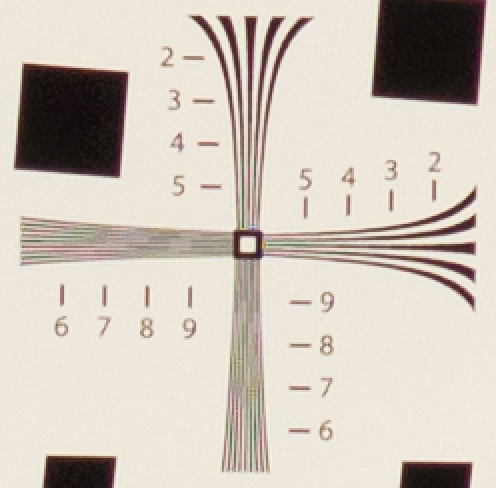
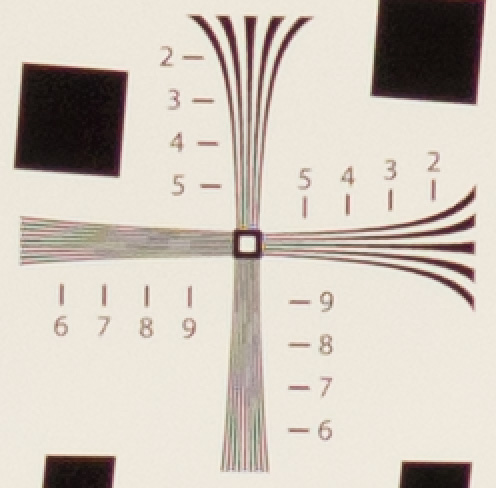
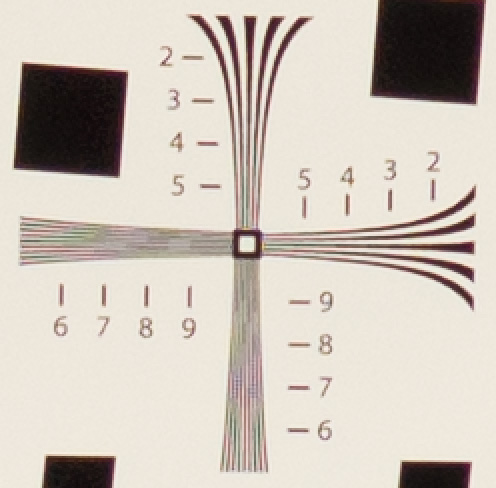
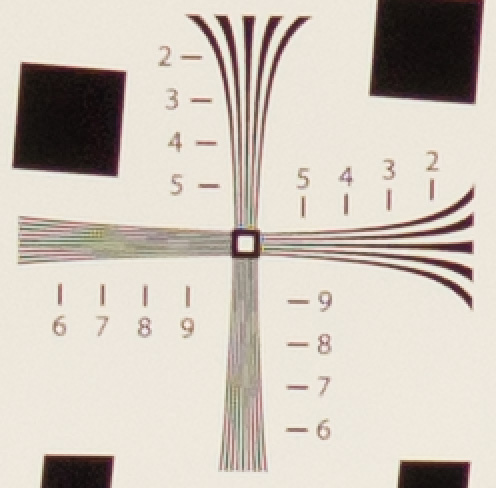
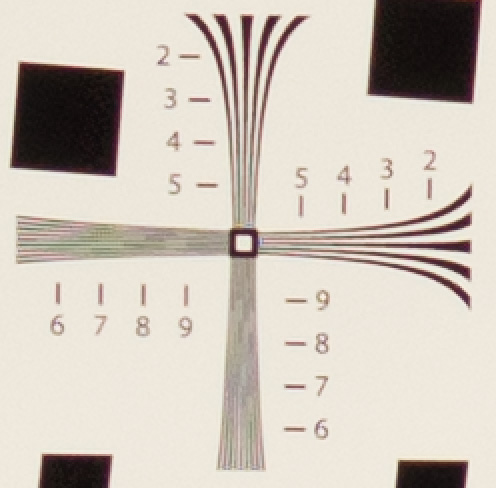
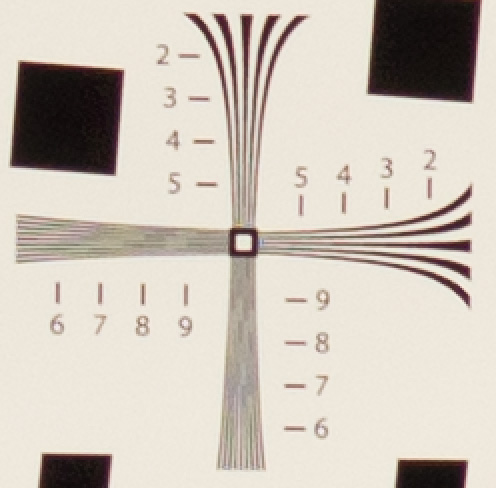
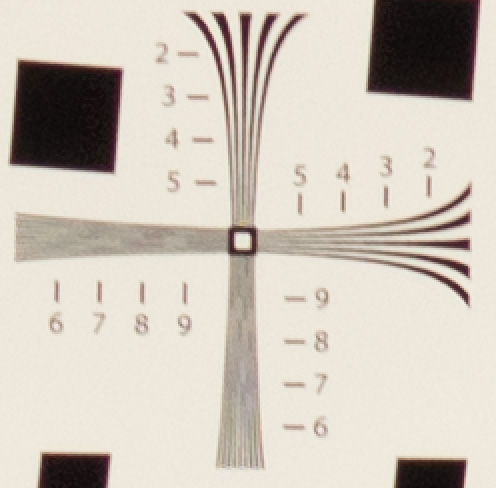
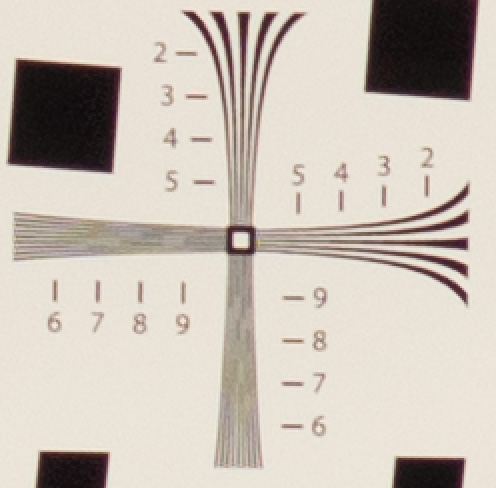
Leave a Reply